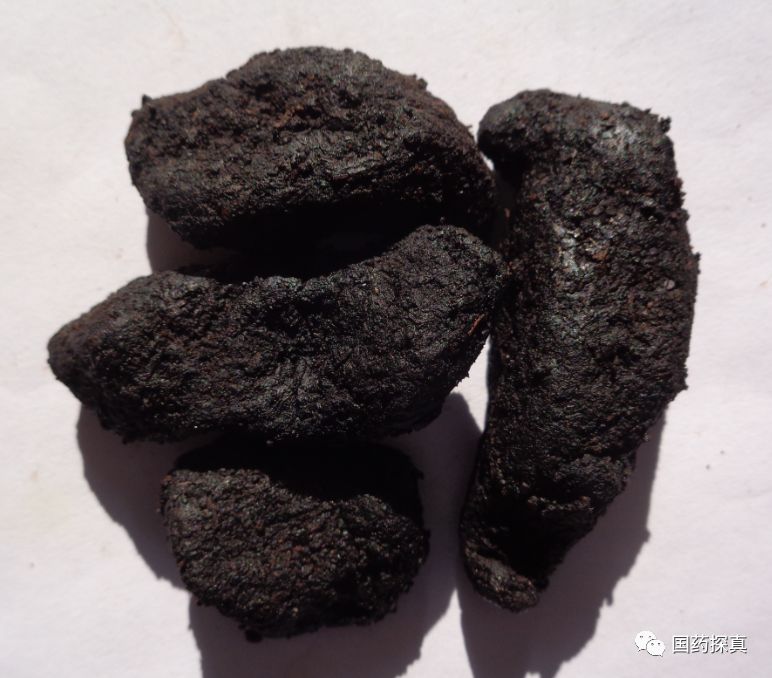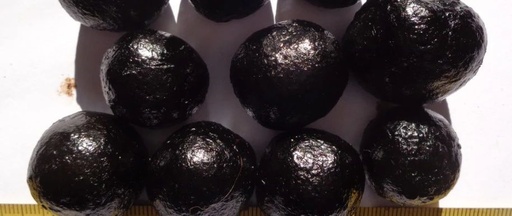We all know that Shu Di Huang (Cooked Rehmannia) is a processed product of Sheng Di Huang (Raw Rehmannia). The processing methods according to the Chinese Pharmacopoeia include the “wine stewing method” and the “steaming method”. Conventional herbal processing factories generally follow the methods outlined in the pharmacopoeia. Additionally, the 2005 edition of the Henan Province Traditional Chinese Medicine Processing Standards includes methods for “canned steamed cooked Rehmannia” and “basket steamed cooked Rehmannia”. The processing method for “canned steamed cooked Rehmannia”: Take clean raw Rehmannia, mix it with yellow wine and sand ginger powder, pack it into a copper can, seal it tightly, and heat it with strong fire, steaming it in water for about 48 hours until it is pitch black inside and out, with the center also black. Remove it, let it dry to about 80%, slice it, and then sun-dry it to complete the process. For every 100 kg of raw Rehmannia, use 50 kg of yellow wine and 0.9 kg of sand ginger powder.
For the “basket steamed cooked Rehmannia” processing method: Take clean raw Rehmannia, place it in a jar, mix it with an appropriate amount of yellow wine, and let it soak until the wine is absorbed. Place it in a steaming basket and heat it with strong fire, collecting the cooked juice that flows out. Steam for about 8 hours until the center of the cooked Rehmannia appears hollow. Remove it, sun-dry for a day, mix in the cooked juice and yellow wine, and steam for another 24 hours. Remove it, sun-dry for another day, and repeat this process eight times. On the ninth time, mix in yellow wine and sand ginger powder, steam for 24 hours until it is pitch black inside and out, with a sweet and sour taste without bitterness. Remove it, let it dry to about 80%, slice it, and then sun-dry it to complete the process. This method produces what is known as Jiu Zheng Huai Shu Di (Nine Steamed Cooked Rehmannia). For every 100 kg of raw Rehmannia, use 50 kg of yellow wine and 0.9 kg of sand ginger powder.
According to the Chinese Pharmacopoeia, the characteristics of cooked Rehmannia are: this product appears as irregular chunks or fragments, varying in size and thickness. The surface is black with a glossy sheen and has high viscosity. The texture is soft yet resilient, not easily broken, with a black and glossy cross-section. The appearance can be in chunks or slices, with chunks being whole or fragmented, and slices can be large or small. In fact, in the main production areas of Rehmannia, such as the four major Huai medicinal centers of Bo’ai, Wuzhi, Qinyang, and Wenxian, there are various special finished product specifications in addition to the size specifications of the products. Although the basic processing methods are produced according to the Henan Province Traditional Chinese Medicine Processing Standards, the characteristics are quite unique, such as cooked Rehmannia cakes, cooked Rehmannia pills, cooked Rehmannia light pills, and cooked Rehmannia strips. These products were historically sold to Hong Kong, Macau, Taiwan, and Southeast Asian countries, receiving high praise. Today, there is still considerable customer demand for these products, and they are made to order. Recently, a friend who specializes in processing such products was invited to inspect and collect some samples, which I now present below for readers’ enjoyment. First, let’s look at the cooked Rehmannia processed according to the Chinese Pharmacopoeia standards, which meets the pharmacopoeia characteristics.
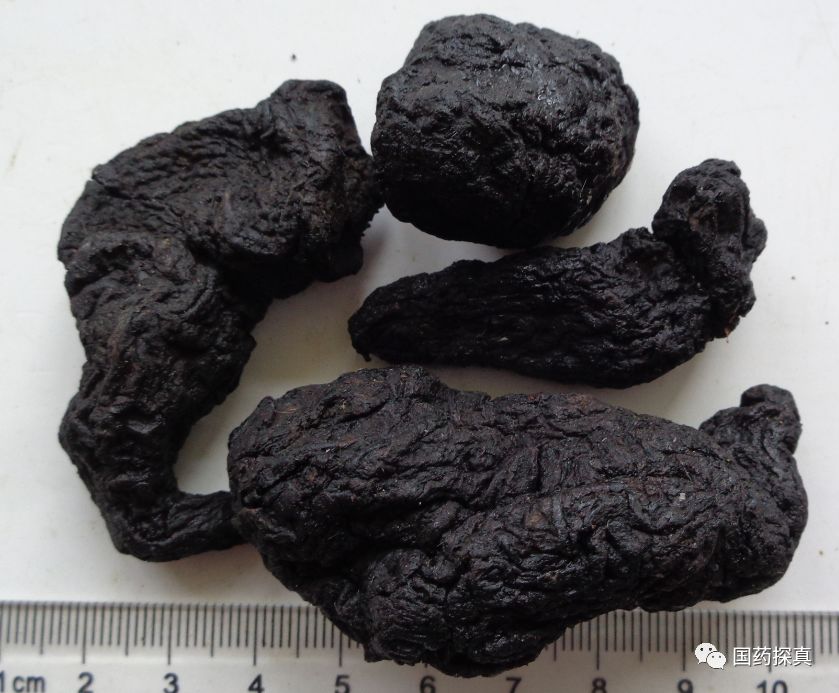
↓
Cooked Rehmannia slices
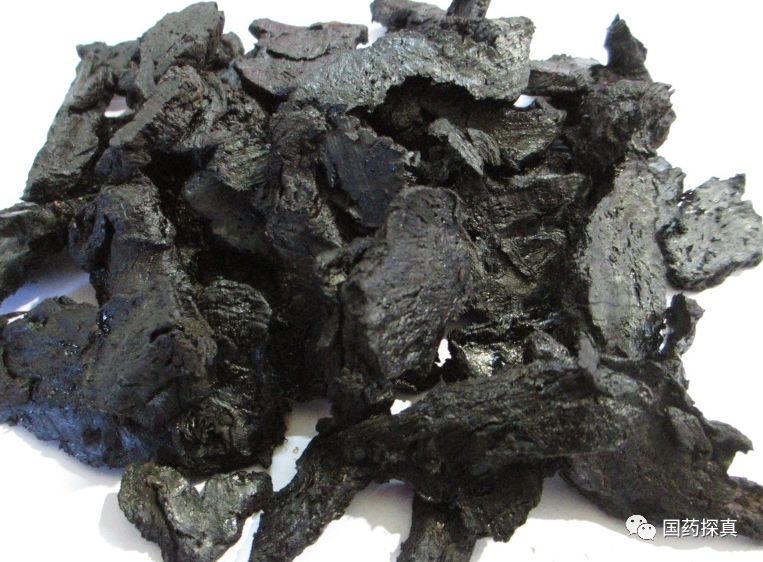
↓
Cooked Rehmannia fragments

Now let’s look at the special cooked Rehmannia.
1. Cooked Rehmannia pills: This is made by drying the steamed cooked Rehmannia to about 70% dry, then rolling the head and tail of the cooked Rehmannia into a round shape, or bending and rolling the head and tail to one side. Then dry to the specified degree. The surface of this pill shows the natural grooves of the Rehmannia, and it can be reshaped back to its original form after twisting.
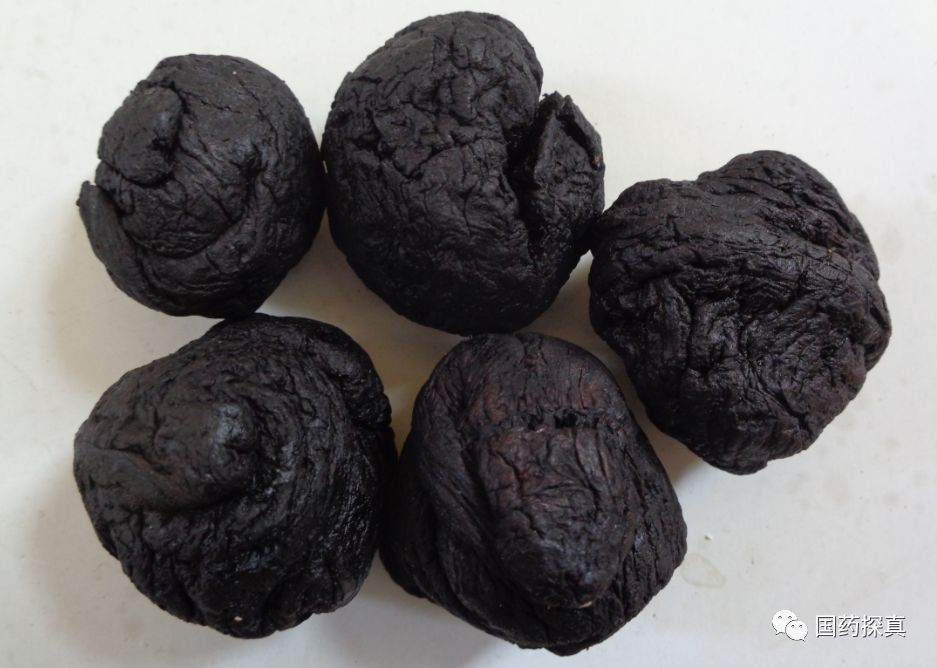
2. Cooked Rehmannia light pills: This is made by drying the steamed cooked Rehmannia to about 70% dry, then grinding it into a paste, taking an appropriate amount, and rolling it into a round shape. Then dry to the specified degree. The surface of this pill is relatively smooth and shiny.
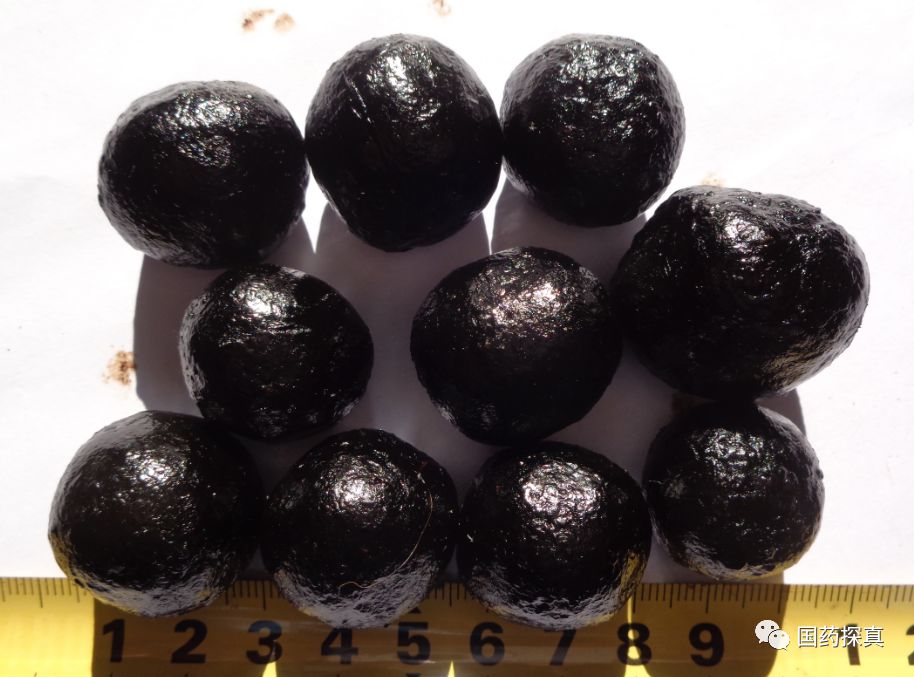
3. Cooked Rehmannia cakes: This is made by drying the steamed cooked Rehmannia to about 80% dry, first rolling it into a ball by hand, then taking individual pieces and smashing them into a cake shape with a wooden mallet. Then dry to the specified degree.
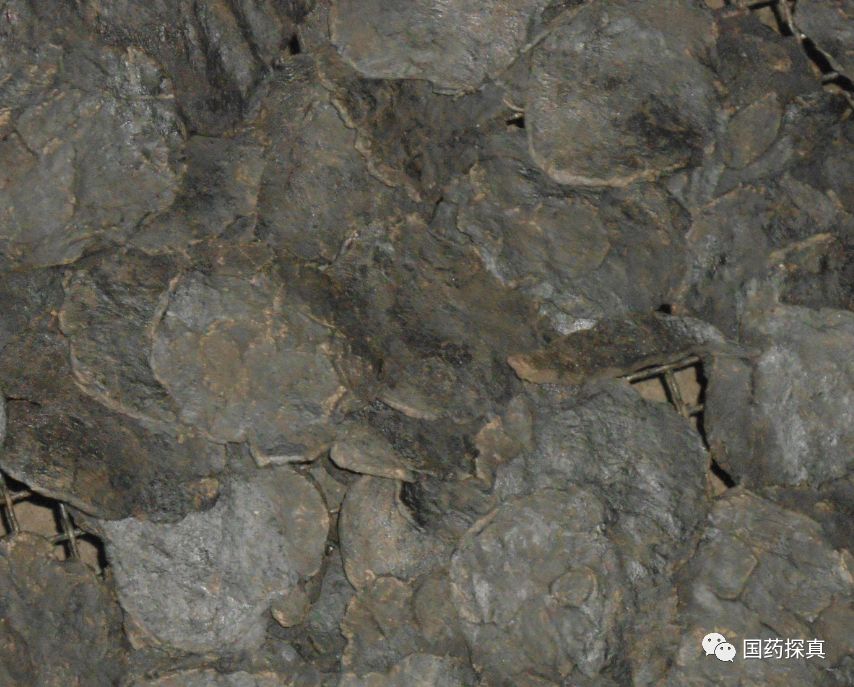
4. Cooked Rehmannia regenerated slices: This is made by drying the steamed cooked Rehmannia to about 80% dry, grinding it into a paste (some directly proceed to the next step), packing the paste into a cylinder (some also directly use whole cooked Rehmannia), inserting a “piston” into the cylinder, and pressing it into a cylindrical shape under high pressure. After removing it, cut it into round slices and dry to the specified degree. (Image not available)
5. Cooked Rehmannia strips: This is made by drying the steamed cooked Rehmannia to about 90% dry, grinding it into a paste, pressing the cooked Rehmannia paste into thin sheets, then cutting the sheets into strips, and drying to an appropriate degree. (Image not available)
6. Cooked Rehmannia with sand (canned steamed cooked Rehmannia): This cooked Rehmannia has sand ginger powder mixed in, so the surface appears granular.
